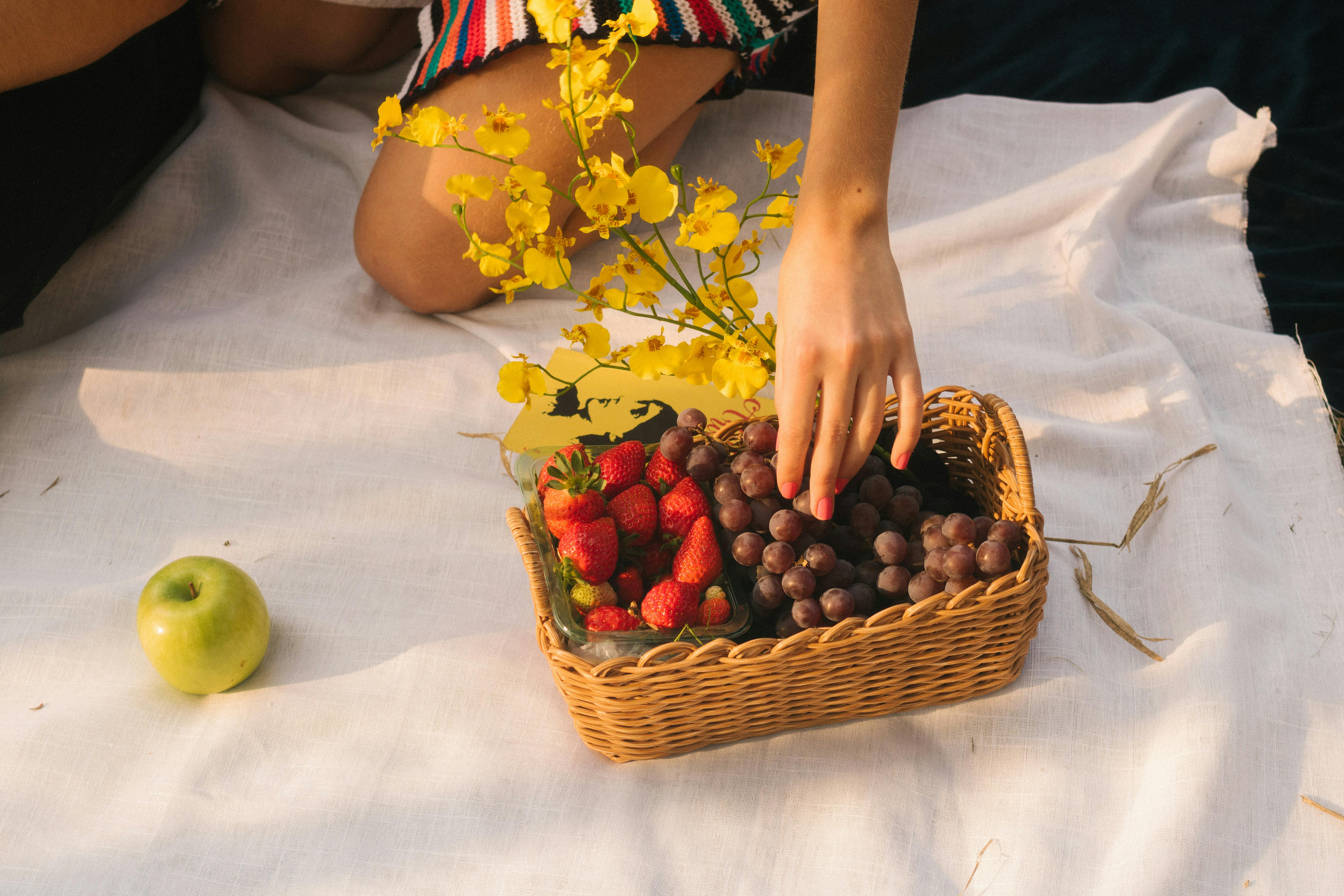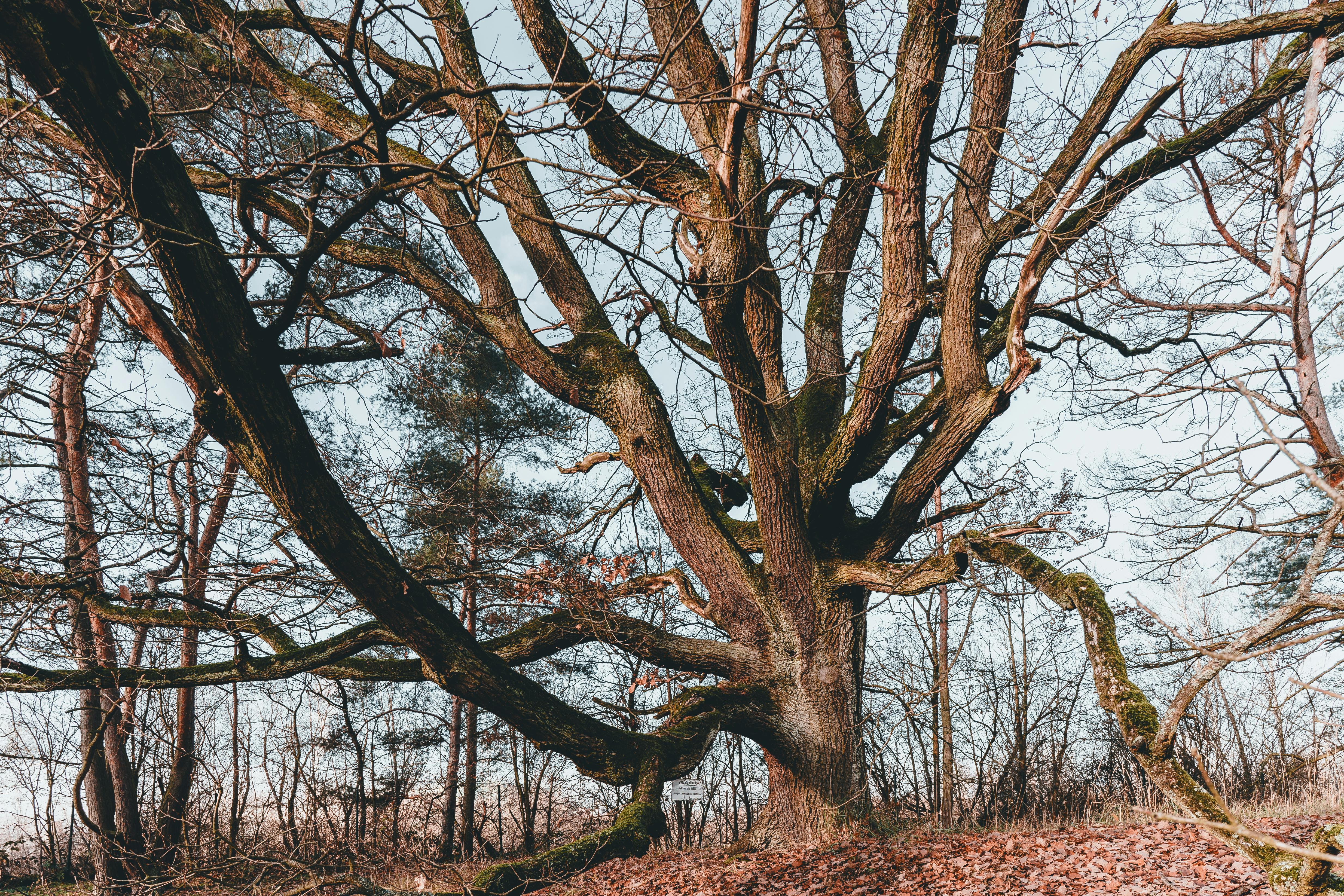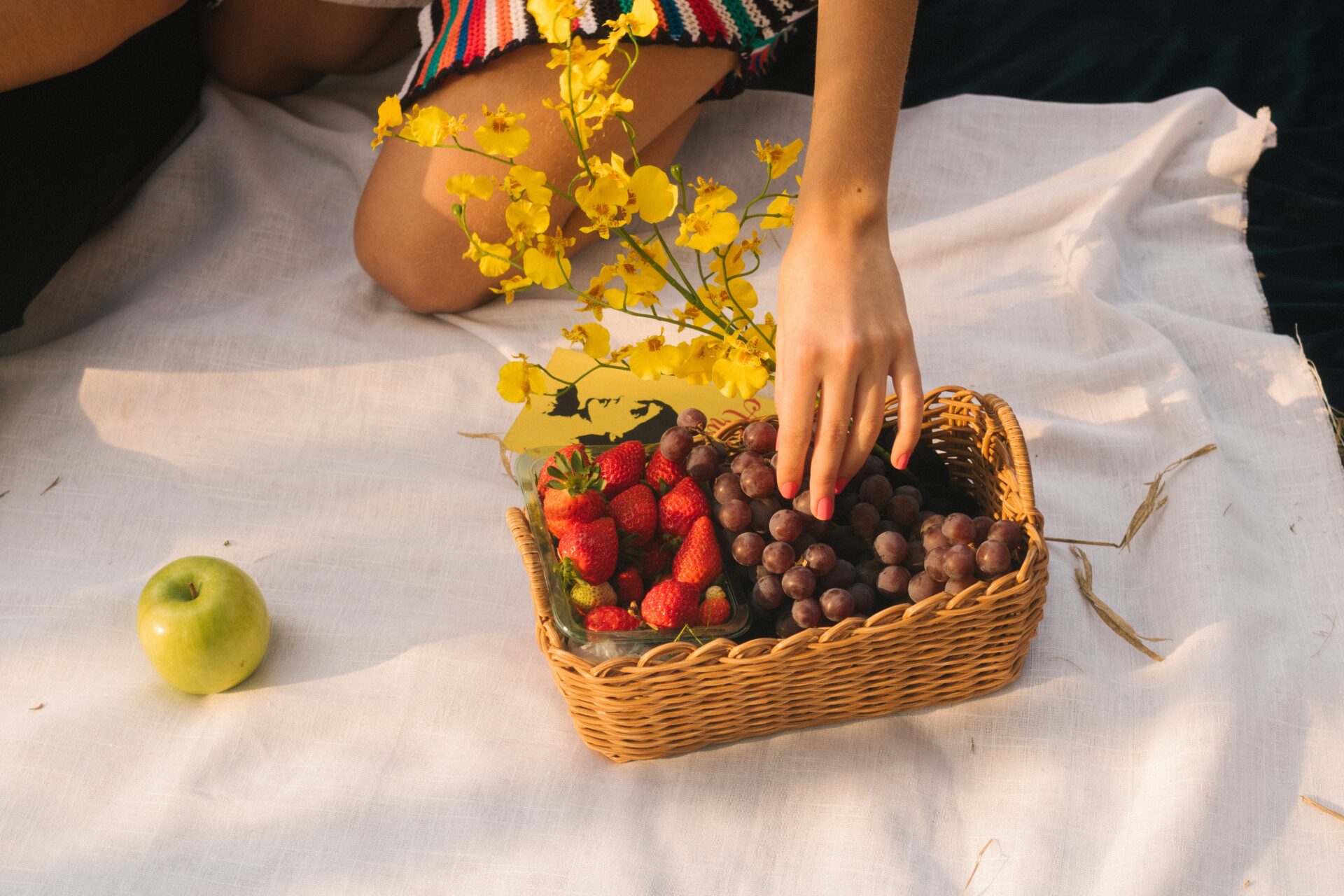Fall is a great time to plant strawberries! Strawberries are a perennial favorite among gardeners, and planting them in the fall is an easy way to get a jumpstart on your garden come spring. With proper preparation and care, you can have healthy, delicious strawberries ready for harvest in the upcoming growing season. In this article, we’ll explore the benefits of planting strawberries in the fall and provide tips for success.Yes, strawberries can be planted in the fall. Planting your strawberries in the fall allows them to establish a root system before winter sets in. This will give them a better chance of survival and provide you with a larger yield come spring.
What Are the Benefits of Planting Strawberries in the Fall?
Planting strawberries in the fall can be beneficial for a variety of reasons. It is important to plan your strawberry planting for the right season and climate, which is why many gardeners choose to plant their strawberries in the fall. Here are some of the benefits of planting strawberries in the fall:
The first benefit is that strawberry plants will have more time to establish strong root systems. When planting late in the season, strawberry plants have more time to become established and grow before winter arrives. This gives them a greater chance of survival and a better start when spring arrives. This also helps ensure that your strawberry crop will be plentiful come harvest time.
Another advantage is that strawberry plants require less maintenance when planted in the fall. During this time of year, most weeds are dormant and require less watering than during summer months. This makes it easier for gardeners to care for their strawberry plants without having to worry about weeds or over-watering them.
Finally, planting strawberries in the fall can help protect them from disease and pests. Many diseases and pests are less active during cooler months, meaning there is less risk of your strawberry crop being affected by them. This means you’ll have healthier plants come springtime and an abundant harvest.
Overall, planting strawberries in the fall can be beneficial for both gardeners and their crops. By giving your plants extra time to establish strong root systems, requiring less maintenance due to lower temperatures, and protecting them from disease and pests, you’ll have healthier, more bountiful crops come harvest time!
Preparing the Soil for Fall Planting
Fall planting can be a great way to get a jump on the spring growing season and have a full garden come springtime. The key to success is preparing the soil before planting. This ensures that your plants will have all the nutrients they need to thrive and produce an abundant harvest. To prepare the soil for fall planting, you’ll need to perform some basic steps such as tilling, amending, and fertilizing.
Tilling is one of the most important steps in preparing soil for fall planting. It helps break up clumps of soil and aerate it so that water and air can more easily penetrate the soil. Tilling also helps mix in organic matter such as compost or manure, which will help increase fertility, improve water retention, and reduce compaction.
Once you’ve tilled the soil, you’ll want to amend it with organic matter such as compost or manure. This adds nutrients to the soil and helps improve its structure by increasing its water-holding capacity and drainage. Additionally, amending your soil with organic matter helps reduce compaction and improves its ability to hold onto nutrients that are essential for plant growth.
Finally, you’ll want to fertilize your soil before planting in the fall. This will help replenish any nutrients that were used up during the growing season and ensure that your plants have all they need to thrive during their first few months of life. There are many different types of fertilizer available; choose one that is specifically designed for fall planting so that you get optimal results.
Following these simple steps will help ensure that your plants have all they need to thrive during their first few months of life. By preparing your soil properly before planting in the fall, you’ll be setting yourself up for success come springtime when your garden is flourishing with an abundant harvest!
Selecting Appropriate Strawberry Varieties for Fall Plantings
Strawberries are a popular fruit and many people enjoy growing them in their own backyard. When selecting a variety of strawberry for fall plantings, it is important to consider the climate, soil type, and other conditions of the area. Various types of strawberries can be grown in different regions based on their unique characteristics.
When selecting a strawberry variety for fall plantings, it is important to consider the climate of the area. Some varieties do better in cold climates while others prefer warmer areas. Choosing a variety that is adapted to the local climate will ensure successful growth and production.
Soil type is also an important factor when selecting a strawberry variety for fall plantings. Different types of strawberries prefer different types of soils. For example, some varieties prefer sandy soils while others do better in loamy or clay soils. It is important to select a variety that is well suited to the soil type in order to ensure successful growth and production.
Other conditions such as disease resistance, yield potential, and fruit size should also be taken into consideration when selecting a strawberry variety for fall plantings. Disease resistance is important as some varieties are more susceptible to certain diseases than others. Yield potential should also be taken into account as this will determine how much fruit can be expected from each planting. Fruit size should also be considered as larger fruits may have more appeal to consumers than smaller fruits.
By considering all these factors when selecting a strawberry variety for fall plantings, growers can ensure successful growth and production of their crop. With careful selection and proper care, growers can enjoy sweet and delicious strawberries from their own backyard!
Choosing the Right Time to Plant Strawberries in the Fall
Fall is a great time to plant strawberries, as the cooler weather helps them establish and grow. However, it’s important to pick the right time for planting. If you plant too early or too late, the plants will not have enough time to become established before winter weather sets in. To ensure your strawberry plants thrive, choose a time when daytime temperatures are around 65-70°F and nighttime temperatures are between 50-55°F. These temperatures should be consistent for at least one week before planting. This will give your plants enough time to become well-established before winter arrives.
Additionally, it’s important to pick a day with no rain forecasted for at least 24 hours. After planting strawberries in the fall, they require regular watering until the ground freezes. If you’re able to water them regularly, they’ll be in better shape come springtime when they start growing again once temperatures begin to rise. Make sure you water your plants deeply and avoid overhead watering as this can cause disease issues.
Lastly, make sure you prepare your soil prior to planting your strawberries in the fall. The soil should be loose and well-draining with a pH of around 6-7. You should also add plenty of organic matter such as compost or aged manure before planting so that your new strawberry plants have plenty of nutrients available for growth and development.

Planting Strawberry Plants in Autumn
Autumn is the ideal time to plant strawberry plants, as it gives the plants plenty of time to establish strong roots before the winter months. During autumn, temperatures are usually cooler and soils are still warm from the summer months, providing ideal conditions for planting. The cooler temperatures also mean that the plants will not suffer from too much heat stress. When planting strawberry plants, it is important to ensure that they have adequate drainage and light levels. If planting in a pot or container, make sure it is large enough to accommodate a good root system. It is also important to use fresh, sterile soil when planting strawberries as this will help to reduce the risk of disease and pests. Once planted, water regularly and feed with a balanced fertilizer every two weeks or so. If possible, mulch around the plants to help retain moisture and keep weeds at bay. If you live in an area with cold winters, then it may be necessary to provide some extra protection for your strawberry plants during this time.
Caring for Strawberry Plants During the Fall
Caring for strawberry plants during the fall season is an important part of ensuring that they are kept healthy and productive. Fall is a time when the plants are preparing themselves for dormancy, and it’s important to give them the right care to ensure that they make it through the winter. Here are some tips for caring for your strawberry plants during the fall.
The first step is to make sure you prune your strawberry plants, removing any dead leaves or stems. This will help keep air flowing around the plant and prevent disease from taking hold. It’s also a good idea to mulch around your plants, as this will help keep moisture in and provide insulation against cold weather.
It’s also important to fertilize your strawberry plants in late summer or early fall so they can store up nutrients for winter dormancy. You can use a balanced fertilizer like 10-10-10 or a fertilizer specifically made for strawberries. Make sure you follow label instructions when applying fertilizer to avoid overfeeding your plants.
Finally, it’s important to keep an eye on your strawberry plants throughout fall and winter months. Check periodically for signs of disease, such as discolored leaves or stems, and take action if necessary. If you notice any problems, contact a professional arborist who can help diagnose and treat any issues with your strawberries.
Protecting Strawberry Plants From Frost During the Winter
Winter can be a difficult time for strawberry plants, as frost can severely damage or even kill them. Therefore, it is important to take measures to ensure that your strawberry plants are protected from frost during the winter months. One of the most effective methods for protecting strawberry plants from frost is to cover them with a layer of mulch, such as straw, bark chips, or pine needles. This will help insulate the soil and protect the strawberry plants from extreme temperatures. Additionally, it is important to water the plants thoroughly before a hard freeze is expected, as this will help keep the roots warm and prevent damage from freezing temperatures.
It is also a good idea to prune any dead or damaged leaves and stems in order to promote healthy and vigorous growth in the spring. Pruning should be done carefully, removing only dead or damaged parts of the plant and leaving healthy tissue intact. This will encourage new growth in the spring when warmer temperatures arrive.
Finally, it is important to provide your strawberry plants with adequate protection during cold winter months by keeping them in an area that is sheltered from strong winds and direct sunlight. If possible, you should also consider providing additional heat sources such as blankets or heating lamps on particularly cold nights. By taking these simple precautions you can help ensure that your strawberry plants will be safe during even the coldest winter months.

Conclusion
Strawberries can be planted in the fall, as long as they are planted in the correct way. Planting them in the ground, in containers, or via hydroponic methods are all viable options. Choosing a variety of strawberry that is suitable to one’s climate and soil is essential for successful planting. Fall is a great time to plant strawberries as the cooler temperatures make it easier for them to establish themselves before winter sets in. With proper care and protection, strawberry plants will produce delicious fruit come spring and summer.
Ultimately, the decision to plant strawberries in the fall depends on one’s individual needs and preferences. For those looking for an abundant crop of delicious strawberries come spring and summer, planting in the fall may be their best option.



